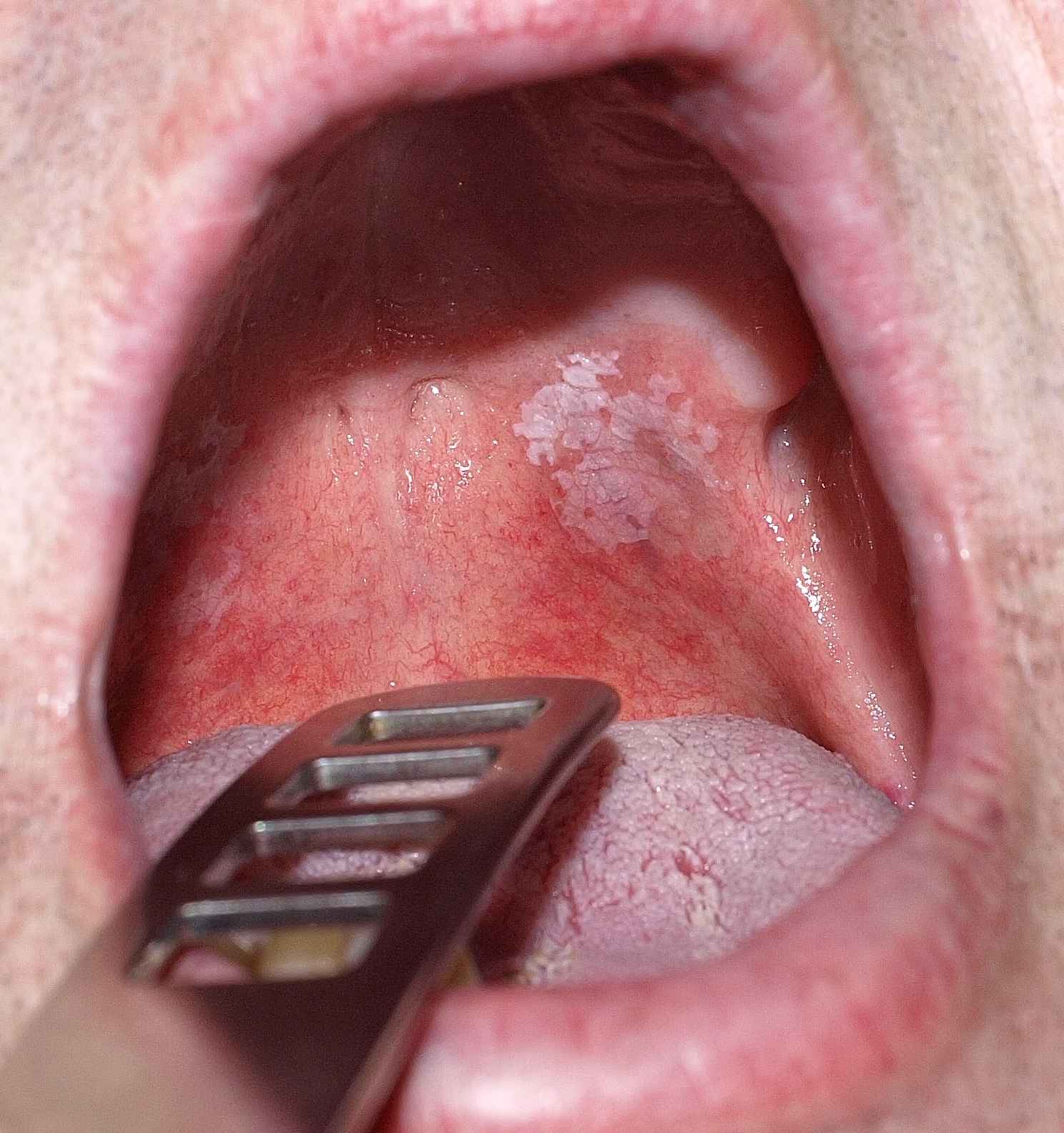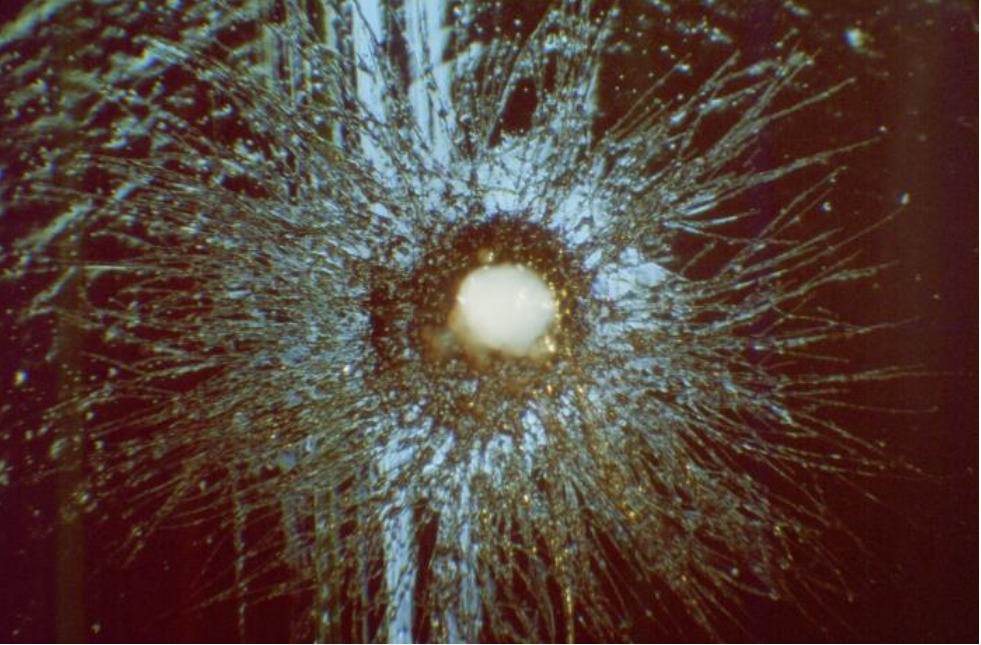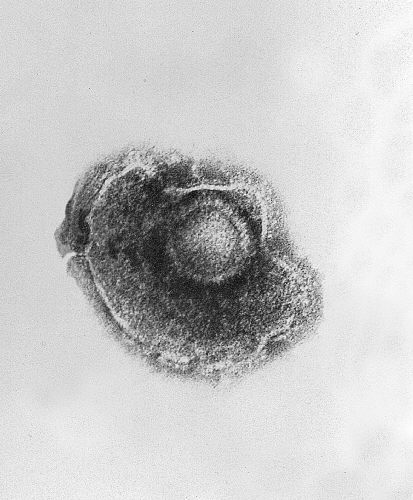Playlist
Show Playlist
Hide Playlist
Primary Varicella (Chickenpox) and Candidiasis (Yeast Infection)
-
Slides Dermatology Infectious Disorders.pdf
-
Reference List Pathology.pdf
-
Download Lecture Overview
00:02 The topic here is primary varicella. 00:04 In other words, chicken pox. 00:07 Take a look at the child here. 00:08 We have vesicles that are taking place. 00:11 Seen less frequently now that most children are vaccinated. 00:14 It can be seen adults and that is horrible. 00:17 And dew drops on rose petals perhaps is how you want to think of these vesicles. 00:21 So imagine in the morning that there is dew drops that are on rose petals and this then represents the weeping vesicle that you’d find in chicken pox. 00:30 Complication: VZV pneumonia that may take place. 00:35 Candida is a normal skin commensal. 00:38 It can become pathologic when overgrown though and that’s where things become dangerous. 00:44 Your demographics for candidiasis: Diabetic, obese, and those involved with a lot of wet work, on other words, bartenders are predisposed. 00:56 You can have that candida, which is in between your mucosal areas. 01:01 So we call this intertriginous, erythema/pustule in the body folds. 01:05 Think of your groin area, please. 01:08 If it’s thrush, then you’re thinking about the candida, unfortunately, then creating an infection in the oral cavity. 01:15 Creamy white papule, plaques in the oral mucosa in which that can be easily scraped off. 01:20 Oral thrush, you’ve heard of before. 01:23 Or may result in perleche, fissuring and erythema in the oral commissures. 01:30 Candidiasis is your topic. 01:33 Candida is a genus of yeasts, and out of approximately 160 known species, only about 20 are responsible for infections in humans. 01:43 The most common of these is Candida albicans, a name you'll frequently encounter in clinical settings due to its prevalence in causing infections. 01:53 Identifying the specific species of Candida is crucial in a clinical context. 01:58 This is because some species exhibit resistance to common antifungal treatments, particularly the azole group of antifungal agents. 02:06 This resistance can significantly impact the choice of treatment and its success, making accurate diagnosis fundamental. 02:13 Normally, Candida species are harmless and are naturally present in the human body, residing in areas such as the gastrointestinal tract, the genitourinary system, and on the skin. 02:25 However, they can become pathogenic and lead to infections if there's a disturbance in their normal environment. 02:31 Factors that can trigger such disturbances include the use of antibiotics, which can disrupt the natural microbial balance, impairment of the immune system, hormonal changes, uncontrolled diabetes, poor hygiene practices, use of corticosteroids or other immunosuppressive drugs, poorly fitted dentures, and excessive alcohol consumption. 02:53 A particular concern is the emergence of Candida auris. This species represents a significant global threat due to its resistance to the majority of antifungal drugs. Its prevalence is increasing, and it can cause severe illnesses, especially among patients in healthcare facilities. While Candida auris is not typically a threat to healthy individuals, these people can serve as asymptomatic carriers, contributing to its spread within hospital settings and beyond. 03:24 The body's immune response is key in Candida infections. A strong immune system can prevent or lessen them, while a weakened one can worsen the disease. C. albicans typically forms white colonies on agar plates, deriving its name from the meaning "white." Oral Thrush, Esophageal Candidiasis, Vulvovaginal Candidiasis, and Invasive Candidiasis are common types with associated risk factors. 03:51 They range from lesions in the mouth and throat to severe infections affecting various organs, particularly in immunocompromised individuals. 04:02 If you take a look at the tongue in this particular patient, you’ll notice that the tongue is extremely white and that if once scraped off comes off as opposed to something called leukoplakia. 04:15 Leuokoplakia might be one in which the squamous cells of the tongue that are undergoing hyperplasia and therefore with the tongue depressor, there is no way that that white substance is going to come off. 04:26 This however is oral thrush. 04:29 And on the right, you’ll notice here underneath the nail bed that we have white-like appearance as well for the most part. 04:35 whenever there’s candidiasis, you should be thinking about immunocompromise and wherever candida is located, what you’re going to find superficially is going to be that white-like substance, let it be the tongue, let it be the esophagus, let it be obviously if you have candidal or fungal type of vaginosis, there also you’re going to find white-like -- Well there, if you do a pelvic exam, it may very well look like cottage cheese. 05:03 Management: Topic azoles, topical nystatin powder or cream. 05:08 And if it’s in the mouth, then you’re thinking about nystatin mouth wash or clotrimazole troches. 05:17 Diagnosis: If you were then to take a look at this, yeast overgrowth can be indentified on KOH examination. 05:25 What are you going to find? Pseudohyphae are indicative of pathologic overgrowth. 05:29 So let’s say that you are suspecting candidiasis, you do a KOH examination, and therefore you’ll find pseudohyphae because these yeast might then be elongated. 05:40 It wouldn't be a true hyphae, but a pseudohyphae, which then confirms that your patient is suffering from candidiasis.
About the Lecture
The lecture Primary Varicella (Chickenpox) and Candidiasis (Yeast Infection) by Carlo Raj, MD is from the course Infectious Skin Diseases. It contains the following chapters:
- Primary Varicella
- Candidiasis
Included Quiz Questions
A 1-year-old boy is diagnosed with chicken pox. Which of the following is a common complication?
- Pneumonia
- Asthma
- Septic shock
- Liver failure
- Developmental delay
In a patient with suspected candidiasis, you make a potassium hydroxide slide prepartion for microscopic examination. What would you expect to see?
- Pseudohyphae
- Clue cells
- Koilocytes
- Eosinophils
- Cocci
Customer reviews
2,0 of 5 stars
| 5 Stars |
|
0 |
| 4 Stars |
|
0 |
| 3 Stars |
|
0 |
| 2 Stars |
|
1 |
| 1 Star |
|
0 |
I wish you would have gone into more detail with chickenpox. I know it might not be as common in the US but a lot of people use lecturio for other international tests and chickenpox is still a big deal here (both in clinical practice and licensing exams)






